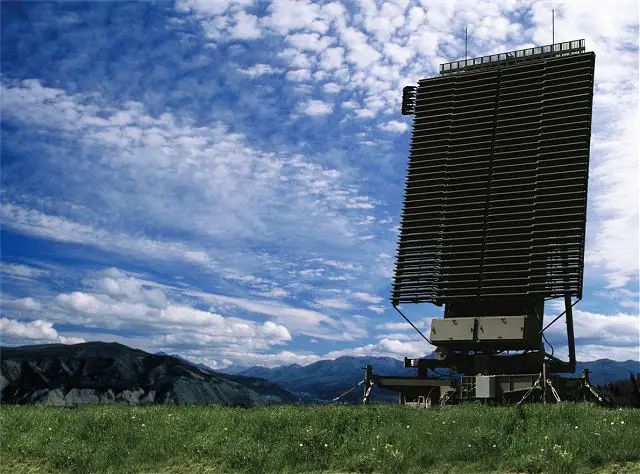|
|
|||
|
Defence & Security News - United States
|
|||
|
|
|||
| United States plans to deploy a new long-range air defense radar in Alaska. | |||
|
The U.S. Defense Department on Friday, May 22, 2015, announced plans to deploy a new long-range radar in central Alaska that would help the U.S. missile defense system better discern potential enemy missiles launched by Iran or North Korea and increase the capacity of interceptors in the ground in Alaska and California.
|
|||
|
|
|||
 Lockheed Martin Air Defense Radar TPS-77 Lockheed Martin Air Defense Radar TPS-77 |
|||
|
|
|||
|
Raytheon Co, Northrop Grumman Corp and Lockheed Martin Corp are competing to build the new radar, which is expected to cost just under $1 billion.
The new radar would begin defensive operations in 2020, pending completion of required environmental and safety studies, the department said in a statement. It said the new long-range discrimination radar (LRDR) will help the multi-layered U.S. ballistic missile defense system better address potential countermeasures that could be launched by potential foe to confuse U.S. defensive systems. Missile Defense Agency Director James Syring and other senior Pentagon officials told Congress in March that the new radar was critically important to help defend against the increasing capabilities by North Korea and Iran to launch missiles at the United States. Admiral James Winnefeld, vice chairman of the Joint Chiefs of Staff, this week told the Center for Strategic and International Studies think-tank that Washington took both the Iranian and North Korean threats seriously, even though neither country had a mature capability to launch intercontinental ballistic missiles. The Pentagon said the new radar would likely be placed at Clear Air Force Station, an Air Force Space Command radar station in central Alaska, but the final decision would be made after completion of the environmental studies. |
|||
United States plans to deploy a new long-range air defense radar in Alaska 2405153
- Posted On














